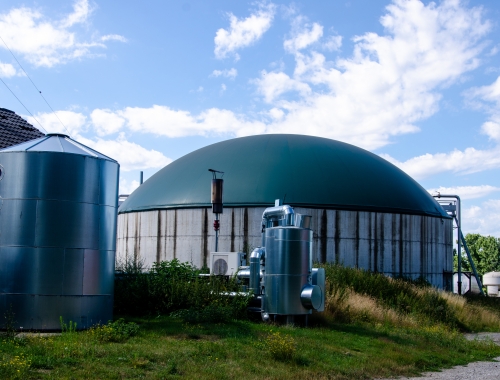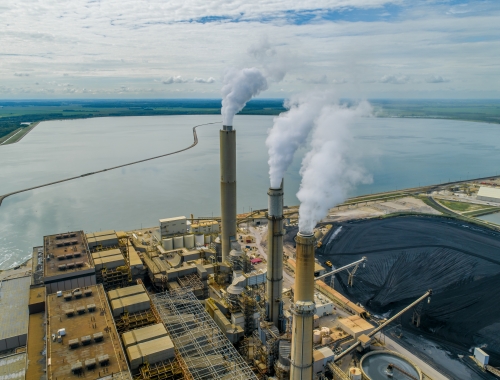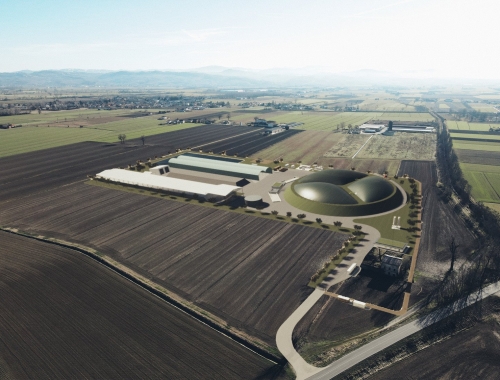BC utility FortisBC increased emissions avoidance 34% in 2022
SUMMARY
RNG, LNG bunkering contributed to emissions reductions in 2022. [Image: FortisBC]
By Dale LunanBC gas and electric utility FortisBC said May 25 its various Clean Growth Pathway programmes had helped its customers avoid an estimated 776,000 metric tons of CO2-equivalent (CO2-e) emissions in 2022, a 34% improvement over 2021.
The utility is driving emissions reduction and avoidance through four main pathways: increasing the supply of renewable and low-carbon gases, investing in low- and zero-emission transportation, increasing its investments in energy efficiency and helping the transport and marine shipping industries displace higher emitting fuels with compressed natural gas (CNG) and LNG.
“Climate objectives continue to evolve and we’re committed to being a leader in the province’s energy transformation to a lower-carbon future,” FortisBC vice president Monic Pratch said. “We are taking actions today that are making a difference in GHG emission reductions and providing British Columbians with new choices to decarbonise their homes and businesses.”
More than half of the emissions avoided by FortisBC customers in 2022 were driven by the utility’s programmes to encourage customers to switch from high-carbon fuels like heating oil to natural gas and energy efficiency measures offering rebates and other incentives on everything from high-efficiency natural gas furnaces to deep energy retrofits.
It spent a record C$118mn on its energy efficiency programmes in 2022, and will increase its emphasis on exploring a new generation of energy saving technologies like deep energy retrofits and gas-electric hybrid heating systems.
FortisBC is also a North American leader in the introduction of renewable natural gas (RNG) into distribution systems, and in 2022, RNG helped the utility’s customers avoid an estimated 208,000 metric tonnes of CO2-e emissions.
The utility now receives RNG from 13 suppliers, and another 20 have signed supply contracts that are expected to come online throughout 2023 and 2024.
“The growth of our renewable and low-carbon gas supply has been remarkable,” Pratch said. “We have RNG contracts in place for around 10% of our current annual gas supply and we continue to negotiate new contracts with new suppliers.”
Finally, greenhouse gas reductions associated with helping customers switch to lower-carbon transportation fuels accounted for about 10% of the avoided emissions in 2022.
On the electric side, the utility added two new vehicle charging stations, bringing the total in BC’s interior regions to 42.
More than 1,000 commercial vehicles in the province are now operating on CNG, reducing both fuel costs and emissions, while in the marine transport sector, FortisBC is bunkering six vessels from BC Ferries and four from Seaspan with LNG produced at its Tilbury Island facility, cutting GHG emissions by 27%.







